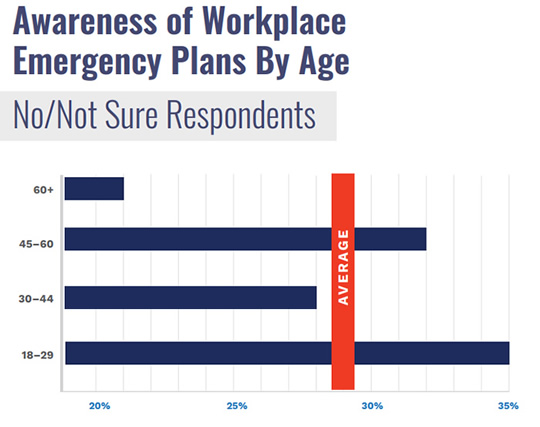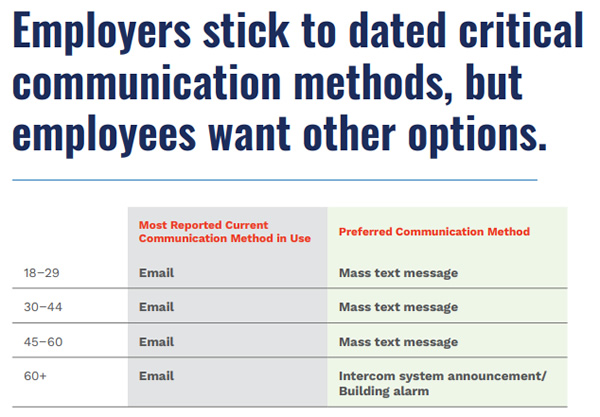Rave Mobile Safety has launched a COVID-19 Vaccine Distribution Solution that will help public health agencies identify individuals for whom vaccination should be a priority, tailor alerts to these individuals, send reminders for second vaccinations, and then follow-up after the process is complete to check for side effects.
On November 20th, representatives of Pfizer and German biotech company BioNTech filed an emergency use authorization request for their COVID-19 vaccine claiming it is 95% effective in protecting against the SARS-CoV-2 novel coronavirus. Later this week, a panel of independent experts convened by the Food and Drug Administration will review the request and are expected to give their approval for an initial rollout of the vaccine.
Subject to approval, the federal agency tasked with distributing doses of the vaccine to state health departments – “Operation Warp Speed” – is ready to deliver 6.4 million doses of the vaccine immediately. The agency has already conducted dry shipping runs to make sure public health agencies receiving the vaccine are comfortable handling it, and believes it will be possible to distribute 40 million doses of the vaccine by the end of the year.
Who Will Receive COVID-19 Vaccine First?
Although decisions about who receives the COVID-19 vaccine first will be made on a state-by-state basis, public health agencies are expected to follow the guidelines set by the CDC´s advisory committee last month. These guidelines recommend healthcare personnel, other essential workers, individuals at high risk of catching COVID-19 due to underlying medical conditions, and residents over sixty-five years of age should be prioritized ahead of the general population.
While it should be straightforward to identify healthcare personnel and other essential workers, public health agencies may encounter challenges in identifying at-risk individuals due to a lack of data. Very few states maintain special needs registries of at-risk individuals; and, of those that do, most require self-registration – meaning that many people could be omitted from the registries due to a lack of knowledge about the service or an unwillingness to reveal person information.
Overcoming Identification Issues with Smart 911
On its website, the CDC maintains a page dedicated to Disability and Health Emergency Preparedness Monitoring on which it lists tools public health agencies can use to learn as much as possible about individuals with medical conditions in their jurisdictions and identify their needs. Of all the tools listed, the one given the most coverage is the Smart 911 system – a secure, national database designed to identify individuals who may need assistance during an emergency.
The Smart 911 system gives individuals or their carers the opportunity to create an online safety profile which lists any medical conditions they may be suffering from or any mobility issues they may experience in an emergency. This information is only available to call center dispatchers on receipt of a 9-1-1 call and public health officials – who could use it to identify at-risk individuals and those who may need assistance attending a medical center to receive a vaccination.
The Rave Mobile Safety Vaccine Distribution Solution
Rave Mobile Safety´s Vaccine Distribution Solution gives public health agencies a way to access Smart 911´s crowd-sourced data in order to identify at-risk individuals who should be prioritized for a COVID-19 vaccination. Once identified, public health agencies will be able to get in touch with each individual via SMS text, email, or voicemail, inform them where and when they will be able to get vaccinated, and determine whether it is necessary to arrange travel to and from the medical center.
Once individuals have received their first vaccination, public health agencies can configure the Vaccine Distribution Solution to send text reminders for the second vaccination (each of Pfizer´s vaccines requires two doses to be effective), and a subsequent follow-up message to check for side effects. In this way, public health agencies can better identify at-risk individuals, better track distribution progress in their jurisdictions, and automate vaccine team coordination.
The post Rave Mobile Safety Launches COVID-19 Vaccine Distribution Solution for Public Health Agencies appeared first on HIPAA Journal.



